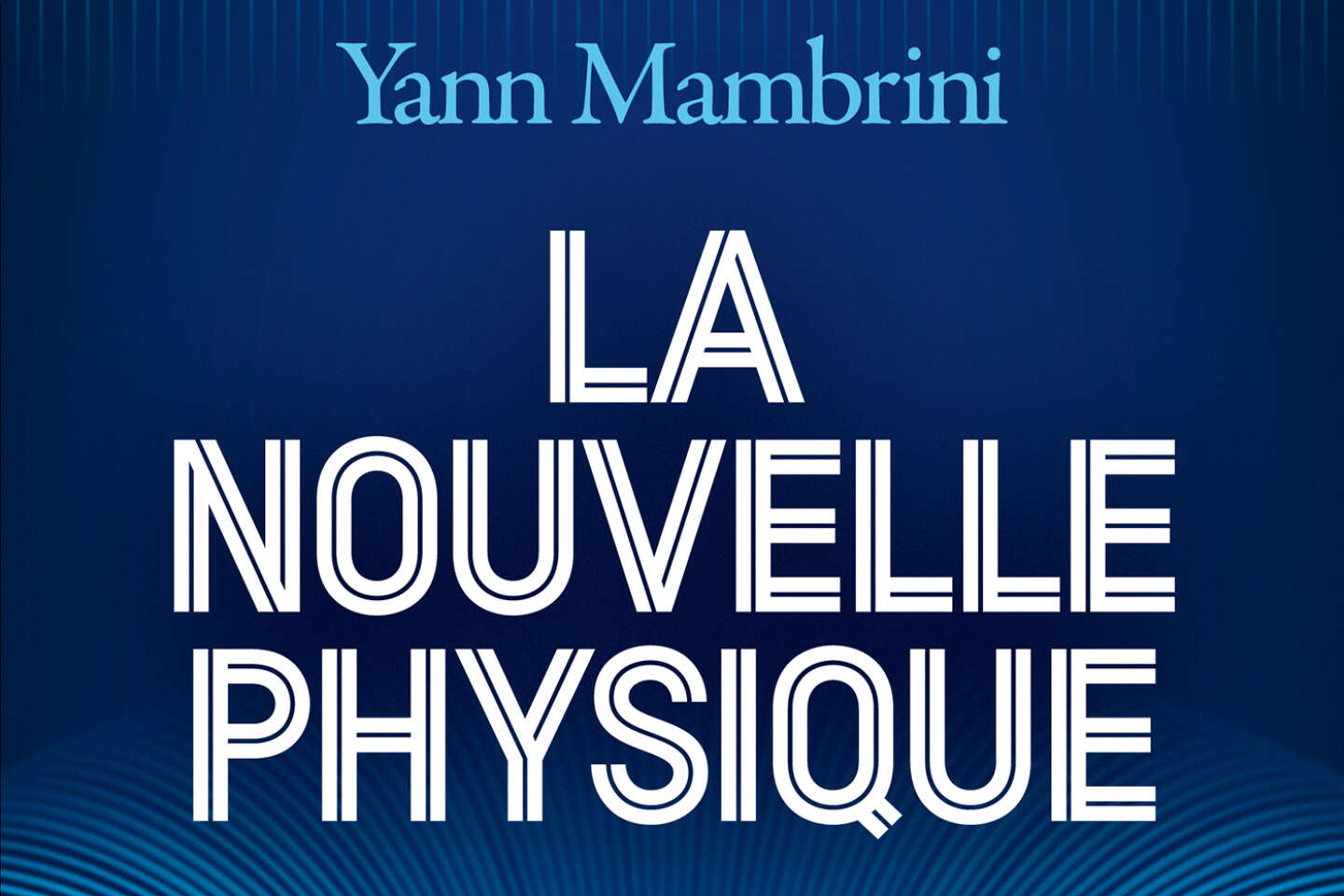The physicist Yann Mambrini had already shown his talents as a popularizer in two recent books: Newton on the beach (Dunod, 2021) and History of time (Ellipses, 2020). He does it again by delivering yet another very clear work on a much more moving subject than the previous ones, as it addresses unresolved questions. The point is to introduce the reader to the Holy Grail sought by an entire community, which has soberly dubbed it the “new physics.” This term – also the title of the book – indicates what will succeed the current theories that describe the infinitely small and the infinitely large, i.e. the two so-called ‘standard’ models: that of particle physics, where quantum mechanics reigns, and that of cosmology, the field of general relativity.
These two pillars have withstood all experimental attacks. Their predictions have never been faulted. But phenomena escape it. A particle, the neutrino, should have no mass, even if it panics the balance needle. A so-called ‘dark’ matter influences the dynamics of galaxies, without our exact nature being known. A substance called ‘dark energy’ is accelerating the expansion of the universe without us knowing how to describe it. The behavior of black holes is not fully explained. And most importantly, what motivated the author to delve into this research topic, the two main theories are incompatible with each other. You have to combine the continuous with the discontinuous, or the infinite with the finite, and no one succeeds.
The message of the book is not pessimistic, however, because in large part it is primarily an opportunity to reflect on the steps that have been taken over the course of a century toward this goal of unifying the two theories. Although these lands have been plowed many times by popularization, Yann Mambrini and his lively style are renewing them. Enthusiasm about the beauty of the equations, the intuitions of his predecessors, or even the bizarre objects that result from them is a delight.
Good ideas to check

The all-round physicist does not hesitate to include his own contributions, which sometimes percolate away or are added to the shelves of good ideas to check out. He confesses that he jumped on experimental results, which will be deflated. He admits he didn’t believe his colleagues would be able to detect gravitational waves in 2015. He seems to doubt one of the most important propositions of the new physics, string theory. The passages on cosmic inflation, symmetries or the explanation of the calibration technique are remarkable for the educational imagination shown.
